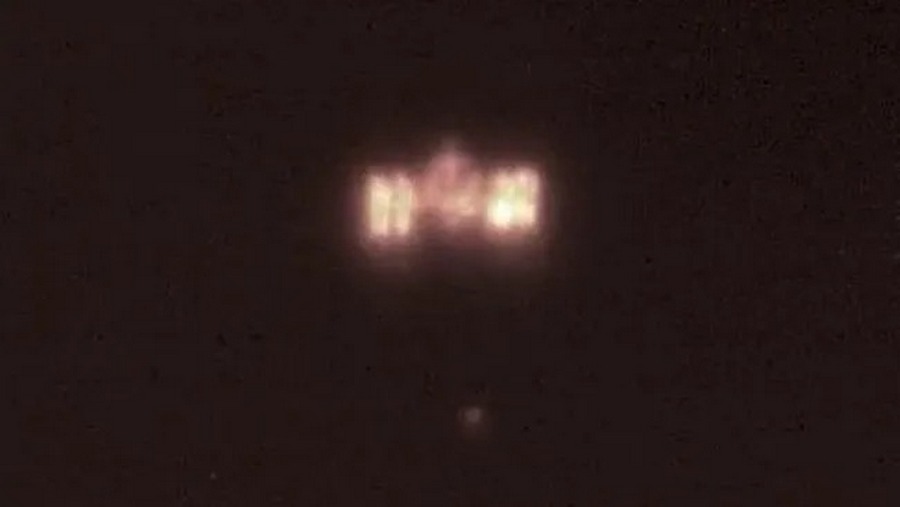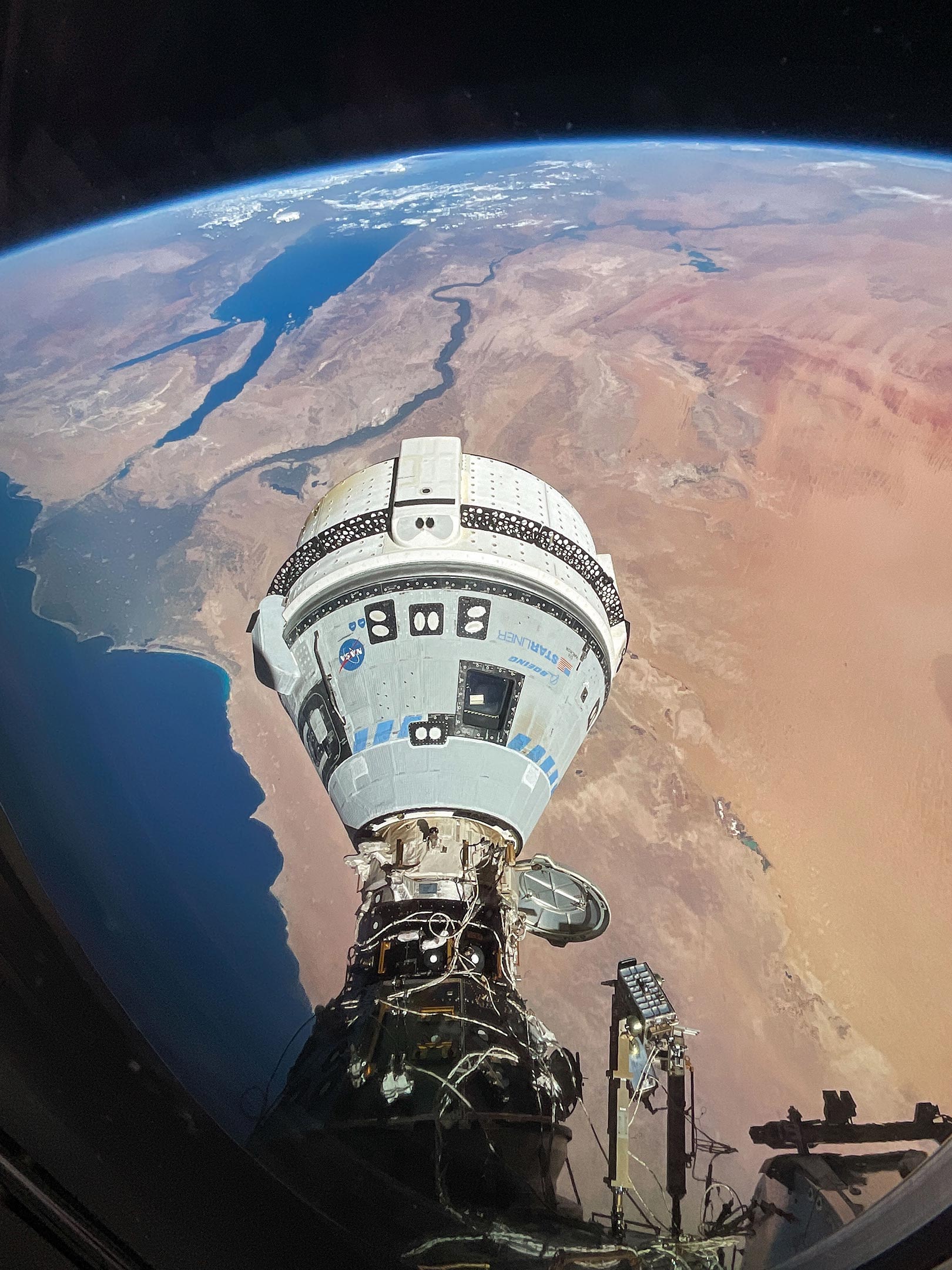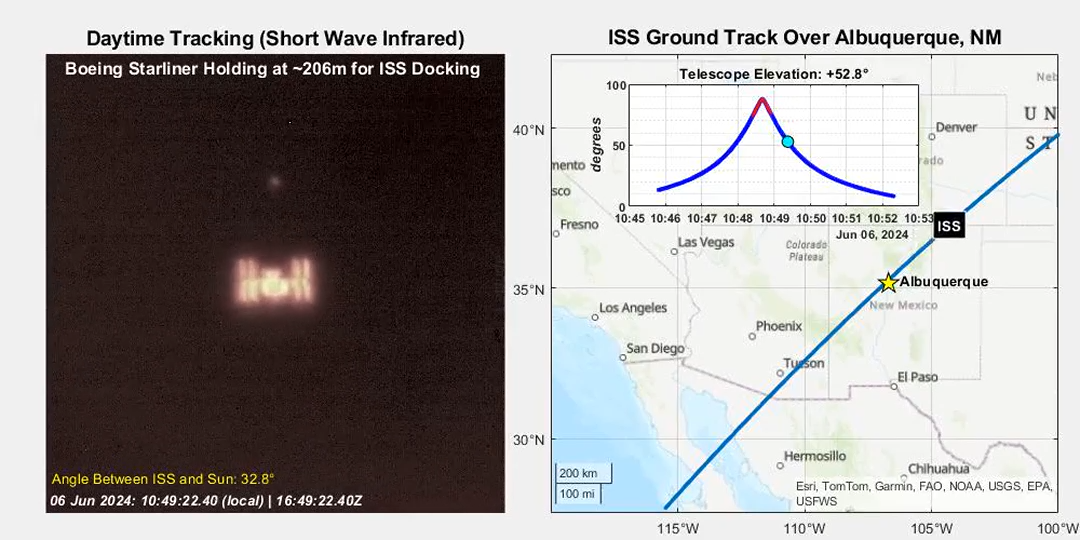Boeing’s CST-100 Starliner spacecraft arrived at the International Space Station on June 6, marking the first astronaut mission on this new transport. But the multi-day mission was delayed by several months due to malfunctions that occurred before and during the flight.

The team responsible for Boeing’s advanced daytime satellite tracking technology with laser and electro-optical systems was able to see the moment the spacecraft docked with the ISS from Earth. The system includes a large aperture telescope and a short-wave infrared sensor, as well as a specialized computer-controlled mount to compensate for the Earth’s rotation.
“This high-profile event enabled us to demonstrate the value of daytime satellite tracking to a broader audience. Our system utilizes commercial off-the-shelf equipment modified with Boeing’s radiometric, sensor and inertial technologies, delivering exceptional performance,” said Ron Dauk, Boeing laser and electro-optical systems business unit manager.

Typically, ground-based observations are limited to the short period before sunrise and after sunset due to sunlight overloading the sensors. However, daytime satellite tracking, thanks to advanced technology from Boeing, provides 24/7 monitoring that increases sky awareness, improves early warning capabilities, communications and coordination, and provides more accurate intelligence through real-time threat monitoring.

Laser and electro-optical systems use software to predict the orbital trajectory of satellites and images during the day using short-wave infrared sensors that cast blue light emitted by the sun. Image processing improves quality so that satellites can be seen in clearer quality.
“Satellite surveillance is key not only for monitoring activity in orbit, but also for technologies such as satellite laser communications. Our development will open new opportunities for ground-based tracking systems,” said Dale Parks, Boeing system architect.
Right now, the spacecraft remains docked to the forward port of the Harmony module. Astronauts Barry Wilmore and Suni Williams traveled to the space station aboard a Boeing Starliner capsule for a mission originally scheduled to last 10 days. They have been reassigned to an orbiting laboratory maintenance task while they wait for confirmation of their return to Earth. They are tentatively scheduled to return to Earth in August.
Earlier we reported on how the Starliner astronauts stuck in space feel.
According to Space


